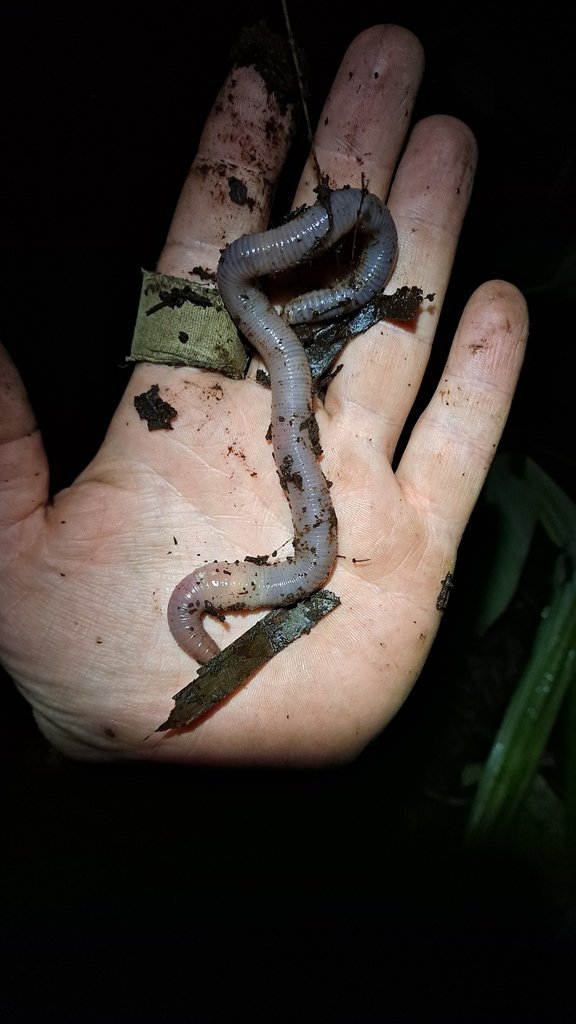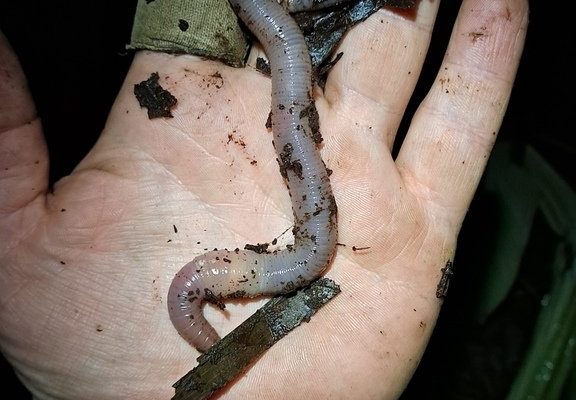
Segmented worms, part of the annelid family, can be tricky to identify in the wild. They’re not just any garden variety worms; their segmented bodies and diverse habitats make them unique. Plus, with many species looking quite similar, it can become quite the puzzle for enthusiasts and beginners alike. So, let’s dive into the world of segmented worms and uncover the key points that will help you spot them with confidence.
What Are Segmented Worms?
Before we jump into identification challenges, let’s clarify what segmented worms actually are. Segmented worms belong to the phylum Annelida and include familiar types like earthworms and leeches. Their bodies are divided into rings, or segments, which is where they get their name. This unique structure allows them to be quite flexible and adaptable in various environments.
You might be wondering why segmentation is important. Each segment can contain different organs, making segmented worms efficient in movement and survival. Think of the segments as parts of a train—each one plays a role in keeping the train on track. These worms can be found in a variety of habitats, from moist soils to freshwater environments, showcasing their versatility.
Common Types of Segmented Worms
As you embark on your journey to identify segmented worms, it helps to know which types you might encounter. Here are a few common examples:
- Earthworms: Perhaps the most recognizable, they’re crucial for soil health.
- Leeches: Often found in water, some are parasites while others are scavengers.
- Polychaetes: Marine segmented worms, varying in size and vibrant colors.
Each of these types has distinct characteristics. For instance, earthworms tend to be brown or gray and prefer damp soil, while leeches can be darker and more elongated, often found in puddles or lakes. If you’re venturing into the field, recognize these key types, as they will help you navigate their identification.
Physical Characteristics to Look For
So, how do you go about identifying segmented worms? Start with their physical characteristics. Here are some features to keep an eye on:
– Segments: Count the number of segments. Earthworms tend to have around 100 to 200, while others might have fewer or more.
– Color: Note the color variations. Many earthworms are shades of brown, but some can be red or even dark green.
– Size: Segmented worms can range from just a few centimeters to over a meter in length, especially in marine environments.
Here’s the thing: subtle differences can make a big impact on identification. For example, certain leeches may possess a pronounced anterior sucker, making them easy to spot when compared to their earthworm cousins. Pay attention to these details, and you’ll sharpen your identification skills.
Habitat Considerations
Understanding the habitat where these worms thrive is essential for proper identification. Segmented worms inhabit a range of environments, including:
– Soil: Earthworms prefer moist, rich soil where they can aerate and break down organic matter.
– Freshwater: Leeches often dwell in ponds and streams, lurking among plants and debris.
– Marine Environments: Polychaetes live in saltwater, sometimes burrowing into the sea floor or residing in coral reefs.
Each habitat influences the characteristics of the worms found there. For instance, freshwater leeches may have adaptations that allow them to thrive in low-oxygen environments, which might affect their appearance. Recognizing the habitat helps narrow down which segment you might be observing.
Behavioral Traits to Observe
Behavior is another angle to explore during your spotting adventure. Different segmented worms exhibit distinct behaviors, which can aid in identification:
– Movement: Earthworms move by contracting and relaxing their segments, while leeches wiggle or swim using their suckers.
– Feeding Habits: Earthworms feast on decaying plant matter, while leeches might latch onto prey for a blood meal.
– Reproductive Strategies: Some segmented worms, like earthworms, are hermaphrodites, which means they possess both male and female reproductive organs.
You might be curious how behavior ties into identification. For example, if you see a worm quickly retreating into the water, it’s likely a leech, while slow-moving ones in soil are most probably earthworms.
Identification Challenges from Similar Species
One of the biggest challenges in identifying segmented worms is the similarity among species. Many worms look alike, causing confusion among novice spotters. For instance, some leeches and earthworms share a similar size and shape but belong to different families.
Moreover, environmental factors can impact their coloration and size, leading to potential misidentification. Here are a few tips to tackle this challenge:
– Research Images: Before heading out, familiarize yourself with pictures and descriptions of the worms you may encounter.
– Field Guides: Use field guides specific to your region to provide detailed visuals and descriptions.
– Join Local Groups: Connecting with local naturalist groups or online forums can offer insight and expertise to guide your identification process.
Remember, it’s okay to feel uncertain—identifying segmented worms can feel like trying to crack a code. But with practice and patience, you’ll improve your skills over time.
Spotting segmented worms may seem daunting at first, but with some understanding of their characteristics, habitats, and behaviors, you’ll find it’s a rewarding challenge. It’s like piecing together a puzzle; every detail matters in creating the big picture. As you explore the great outdoors, take your time and enjoy the journey.
So, the next time you find yourself in the garden or by a stream, keep an eye out for those fascinating segmented worms. Each sighting is an opportunity to learn more and connect with nature. Happy worm spotting!

